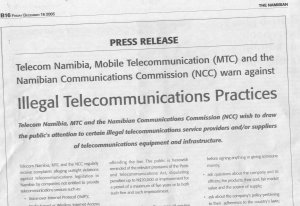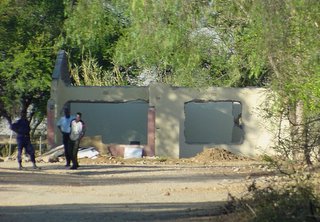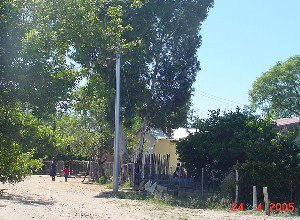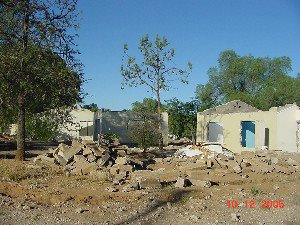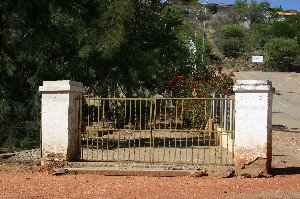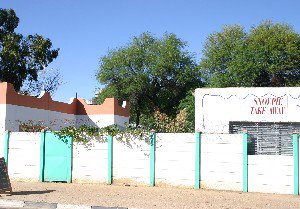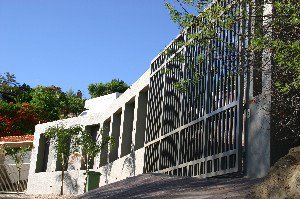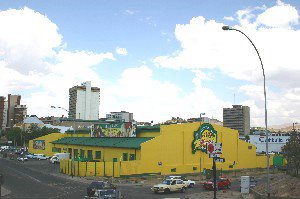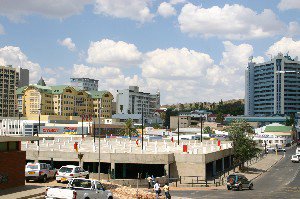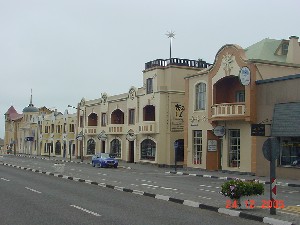



Boxes, little boxes, they used to sing years ago.
I'm referring to the rapidly changing appearance of Swakopmund. A local paper said that many of the town's best-known buildings were disappearing, to be replaced by structures aka instamatic holiday flats with all the aesthetic appeal of lego blocks. I disagree - a libellous statement about Lego, whose blocks do have much appeal. Have a look at the above examples - the black and white stage-set frontage - what is it supposed to be? Apart from the €$ symbol - the sole deoration on the edifice - it looks pretty cheap. Also the twee cardboard gables and the intent to create a fake kaiser-kolonial theme park. Which are the real buildings and which the fakes? Clue - most of them are fakes. Anyway, a happy new year to all. The season for jollity and not for whingeing. Just bring your headache tabs if you are visiting here.
